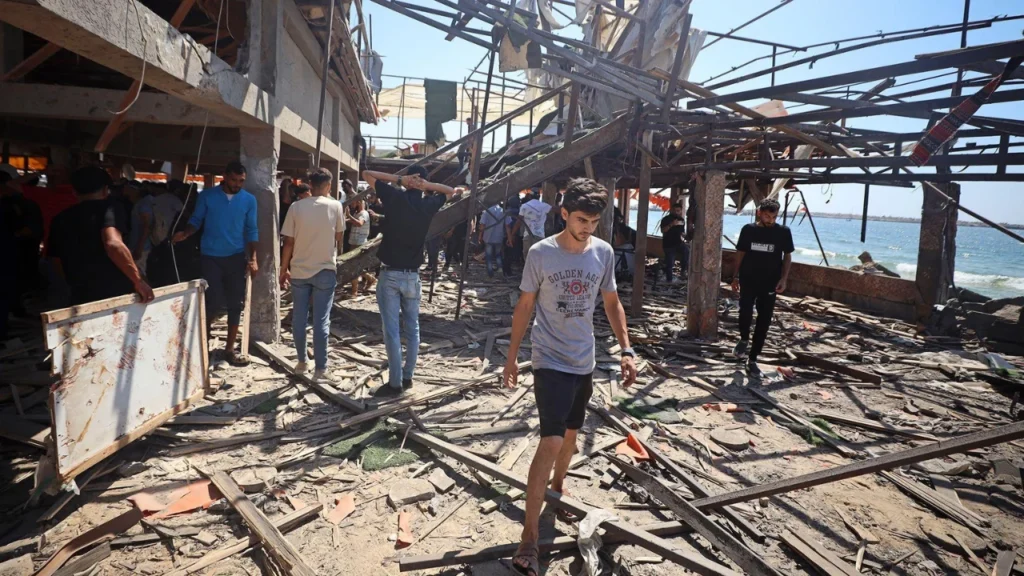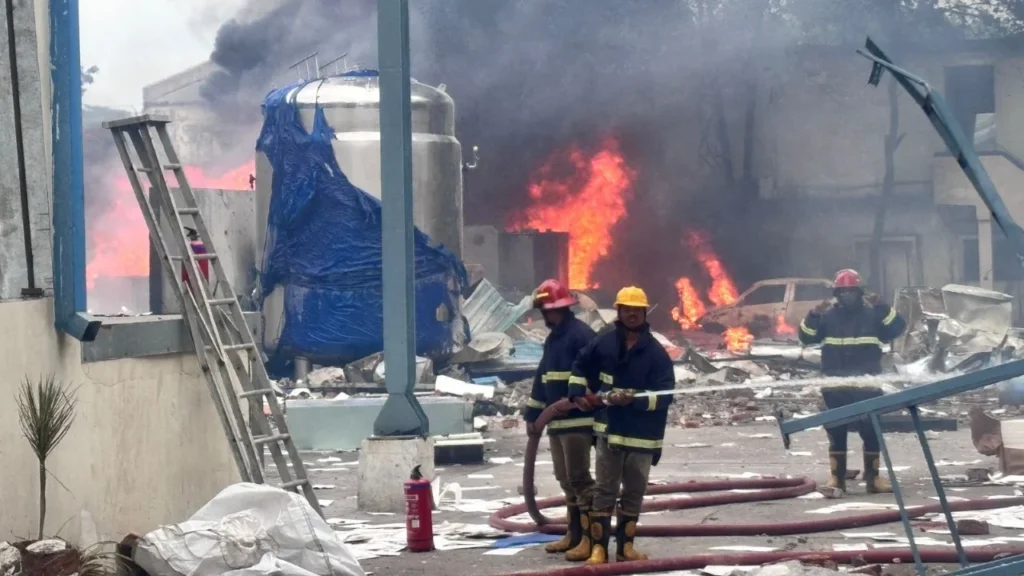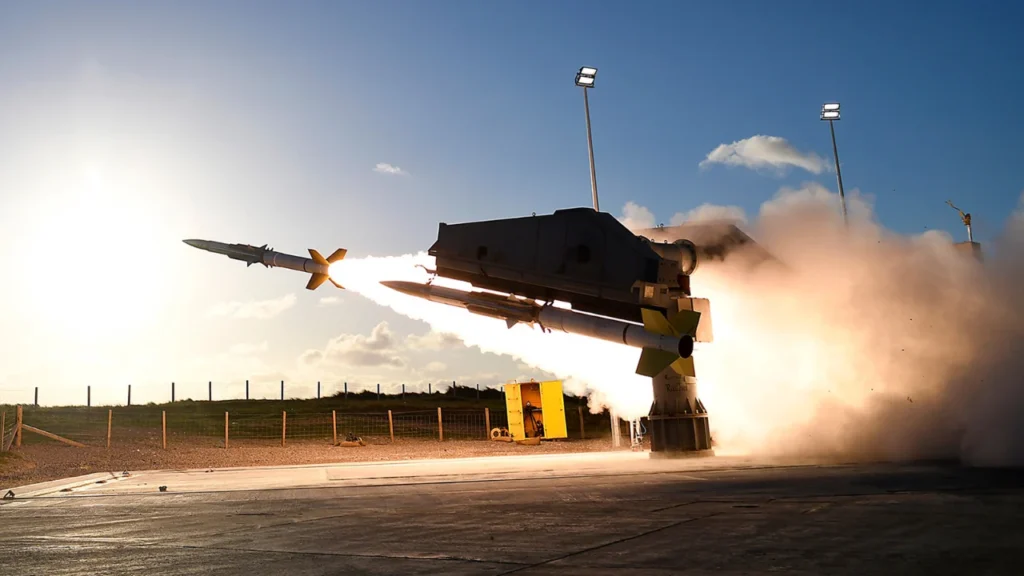NASA astronaut Sunita Williams has finally returned to Earth after an unexpectedly extended mission aboard the International Space Station (ISS). Originally planned for a short stay, her journey turned into a nine-month-long adventure due to technical issues with the spacecraft. Her return is a significant milestone in space exploration and highlights the challenges of long-duration missions.
Key Highlights of Sunita Williams Mission
Mission and Unexpected Extension
- Sunita Williams and fellow astronaut Barry “Butch” Wilmore launched aboard Boeing’s Starliner spacecraft in June 2024.
- Their mission aimed to test Starliner’s capabilities under NASA’s Commercial Crew Program and establish it as a viable transport vehicle for future missions.
- Shortly after they arrived at the ISS, engineers detected multiple technical malfunctions. Including propulsion system failures and helium leaks, making the spacecraft unsafe for their return journey.
- NASA and Boeing worked diligently to fix these issues. Still, the repairs took longer than expected, forcing the astronauts to extend their stay aboard the ISS. or over nine months instead of the originally planned two-week mission.
Life on the International Space Station (ISS)
- Despite the extended mission, Williams and Wilmore played crucial roles in ISS operations, continuing their scientific and maintenance work.
- They participated in over 150 experiments, focusing on:
- Biomedical research, which included studying how microgravity affects muscle atrophy and cardiovascular health.
- Space technology advancements, such as testing 3D-printing capabilities in space for potential future Mars missions.
- Microgravity affects plant growth and supports long-term deep-space missions.
- Williams also took part in multiple spacewalks to repair the station’s solar panels and upgrade its communication systems.
- She remained physically active, sticking to a rigorous exercise regimen, including cycling. Resistance training, and treadmill running, to prevent muscle and bone deterioration caused by prolonged exposure to microgravity.
Challenges of Prolonged Spaceflight
The Return Journey to Earth
- Given the ongoing technical issues with Starliner, NASA decided to bring Williams and Wilmore back aboard SpaceX’s Crew Dragon spacecraft.
- Their return process involved:
- A safe undocking from the ISS.
- A controlled descent through Earth’s atmosphere, reaching speeds of over 27,000 km/h.
- A precise splashdown in the Gulf of Mexico near Florida, where NASA recovery teams were on standby.
- Despite spending months in microgravity, Williams appeared in good spirits, smiling and waving as she exited the capsule. Medical teams were present immediately to assess the astronauts’ health post-landing.
Global and Local Reactions
- India’s Reaction: Williams’ return was met with excitement in India, where her ancestral roots trace back to Gujarat. The region celebrated her safe return with traditional festivities, including lighting lamps and distributing sweets.
- Indian Prime Minister Narendra Modi congratulated her on social media, calling her a symbol of perseverance and an inspiration for young Indian scientists, particularly women in STEM fields.
- U.S. Recognition: NASA officials and President Joe Biden praised Williams and Wilmore for their dedication and adaptability under challenging circumstances.
- The mission provided crucial insights into long-duration space travel and spacecraft reliability, influencing future policies on astronaut safety.
Impact on Future Space Missions
- Lessons from Starliner Issues: The technical failures of Boeing’s Starliner spacecraft highlighted the need for thorough pre-flight testing and improved safety measures.
- NASA has pledged to work with Boeing to improve Starliner’s design before future missions.
- SpaceX’s Growing Role: SpaceX’s Crew Dragon has now proven to be a more reliable alternative for astronaut transport, solidifying its role in NASA’s human spaceflight program.
- Importance of Redundancy in Space Travel: The incident emphasized the importance of having multiple return options for astronauts to avoid mission delays and safety risks.
- Preparation for Future Deep-Space Missions: The experience gained from Williams’ extended stay will help NASA prepare astronauts for upcoming Artemis missions to the Moon and eventual Mars explorations.
- Understanding how the human body and mind cope with prolonged space exposure is crucial for developing technologies and strategies for deep-space habitation.
Sunita Williams Legacy in Space Exploration
- Sunita Williams has had an illustrious career as an astronaut, accumulating over 320 cumulative days in space across multiple missions.
- She previously held the record for the most spacewalk time by a woman. Clocking 50 hours and 40 minutes over seven spacewalks.
- Her ability to adapt to challenging situations and lead in high-pressure environments makes her a role model for aspiring astronauts worldwide.
- Williams has often spoken about the importance of education and curiosity. Urging young people to pursue careers in science, engineering, and space exploration.
Final Thoughts
Sunita Williams’ return from space after an extended mission exemplifies human resilience, adaptability, and the relentless pursuit of exploration. Despite the unexpected challenges, she and her team played an integral role in advancing space research and technology. Her mission underscores the significance of astronaut endurance, spacecraft reliability, and the need for improved contingency plans for space travel.
As NASA and private space companies continue pushing the frontiers of human spaceflight, the lessons learned from Williams’ journey will be invaluable. Her story continues to inspire countless individuals, proving that perseverance and dedication can conquer even the vast unknowns of space.



















